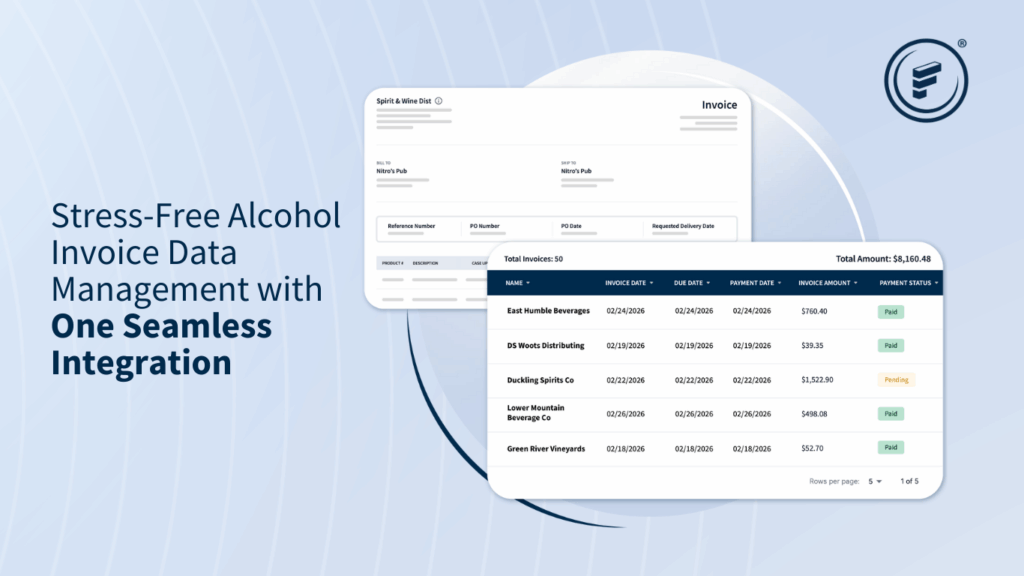The hotel business is continuing to trend upward. Our friends at the American Hotel & Lodging Association (AHLA) outlined several interesting projections in their 2024 State of the Industry Report. With the hotel industry recovery well underway, there are many ways hoteliers can look to improve operational efficiency with new tools and strategies. Let’s dive into this report to explore what is happening within the hotel market.
Looking Back at 2023’s Predictions and Outcomes
One of the key performance indicators named by AHLA is hotel revenue per available room (RevPAR). Oxford Economics conducted an analysis for AHLA and found that the U.S. hotel industry “achieved a 4.8% year-over-year increase in RevPAR in 2023.” This exceeded the 2022 projection by 1.5% and brought the metric to a 13% total improvement compared to 2019’s pre-pandemic RevPAR level.
Another important figure is the nationwide average daily rate (ADR), which increased by 4.2% year-over-year and trumped the forecasted projection by 2.8%. Occupancy rates missed their projected mark by a slight margin, landing at an average of 62.9% compared to the predicted 63.8%. On the whole, nationwide occupancy did rise by 0.5% year-over-year and was close to its 2019 pre-pandemic level.
What caused these increases? One of the most significant factors was group business, with meetings and events making a comeback. AHLA reported that the “top 25 U.S. markets recovered 99.1% of business in the third quarter of 2023.” Another important factor was the use of technology like artificial intelligence to enhance operational efficiency and improve guest experiences.
2024 Hotel Projections to Keep an Eye On
Inflation has been affecting consumers and hotels alike, but there is some relief in that it has eased back from peak levels. AHLA still projects that inflation will be above pre-pandemic averages, so that may trickle into spending at hotels, but likely not enough to slow down the industry’s recent growth. It looks like AHLA is projecting improvements across RevPAR, ADR, and occupancy for this year.
- AHLA expects RevPAR to continue its climb and reach a new nominal high of $101.82, a 4.1% increase from 2023’s level ($96.44). RevPAR continues to push ahead ever since hitting pre-pandemic levels in 2022.
- ADR is also expected to maintain its upward trajectory. It surpassed its forecasted value in 2023, and AHLA expects this year to be the same. The 2024 ADR is expected to hit $160.16 – 3% more than the year prior.
- The 2024 occupancy rate is forecasted to hit 63.6% this year, which is only 3.4% short of 2019’s level.
- Hoteliers will be excited to hear that AHLA expects guest spending to break a new record in 2024, achieving a record high of $758.61 billion. This is a significant bump from last year’s spending record of $723.4 billion.
Still a Focus on Staffing
The hotel industry suffered a major blow with labor during the pandemic, losing more than “680,000 direct employees.” There have been over 400,000 employees added back, but AHLA reports that 67.6% of survey respondents are still reporting labor shortages as of January 2024. Hoteliers have begun offering record hourly wages, improved benefits, and more flexibility to attract and retain talent. There are more than 2.1 million people expected to be employed at hotels this year, but that still doesn’t fill the current labor shortages.
Investing in Tech and Cloud Adoption Becoming Integral to Hotel Strategy
Technology is a necessity in the modern hotel industry, especially considering the work required to keep up with rising demand and guest spending. Many hoteliers are investing in cloud technologies to improve operational efficiency and drive alignment between on and above-property functional areas. A unified hospitality platform removes friction and allows teams to work better together while enhancing the guest experience.
Fintech provides these kinds of tech solutions to hotels. For years, Fintech has helped hotels with alcohol management across all locations with PaymentSource®, which includes automated invoice payments, line-item invoice data integration, and purchase data insights to protect margins. Now, Fintech has expanded its capabilities beyond just alcohol with PaymentSource Premium and can now work with all B2B invoices – operational supplies, goods, services, etc.
With PaymentSource Premium, hotels can gain a unified tech environment that houses all invoice processing in one convenient location. From there, hoteliers can enjoy time and operational savings and insights that grow cash flow and protect margins. If the hotel industry reaches AHLA’s forecast, hoteliers will need all the help they can get to keep up with demand amidst labor shortages. Fintech is a great way to do this.
Learn more about PaymentSource Premium and how it can improve hotel operations here.
Read AHLA’s 2024 State of the Industry Report in full here.
Source: AHLA, Oxford Economics, and STR






